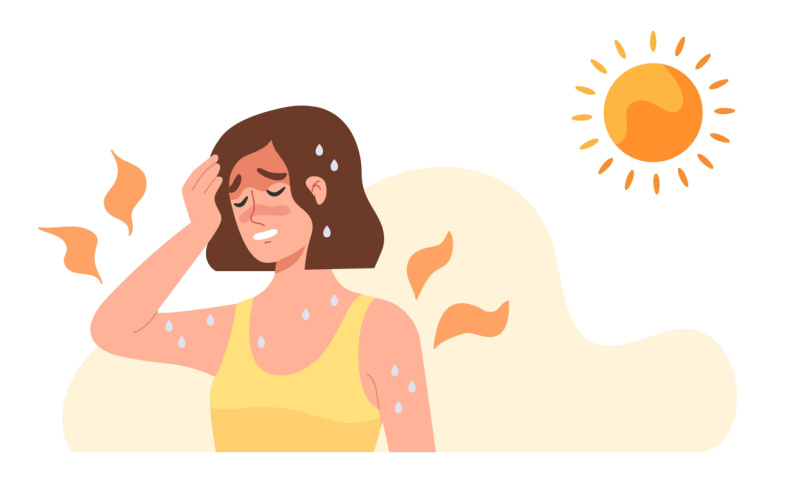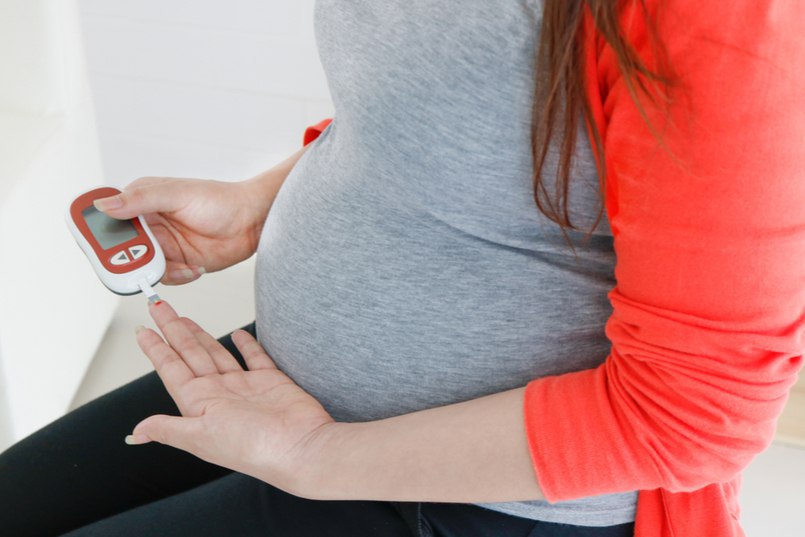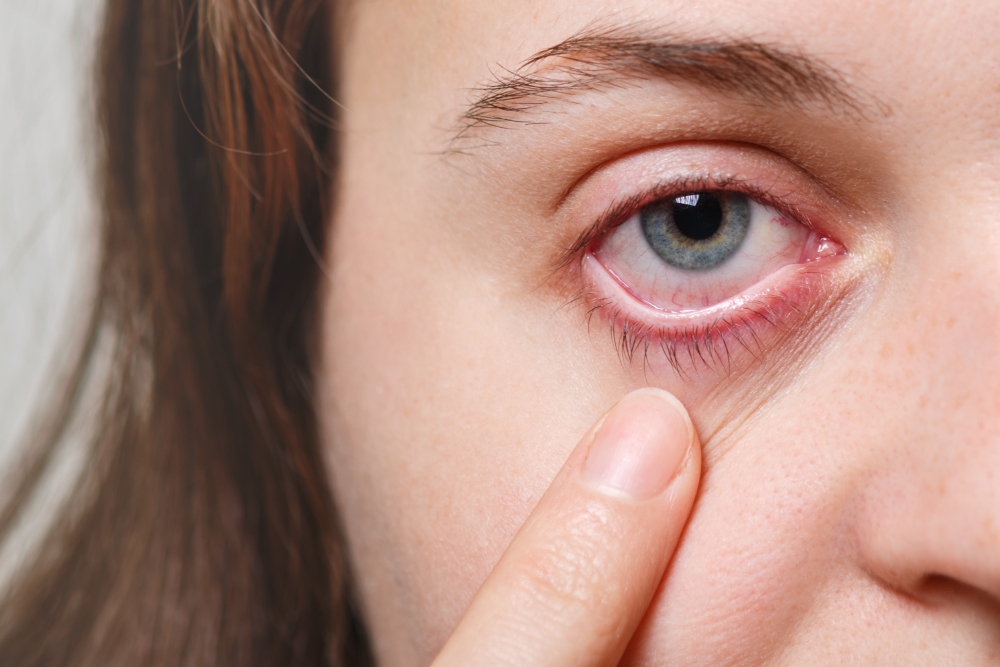Even moderate heat strains the human heart
Дата публікації: 14.07.2023
Автори: Відкриті джерела
Ключові слова: кровообіг, температура, серцевий ритм, спека

Air temperatures as low as 34 °C can lead to a steady increase in heart rate under humid conditions, a study1 says. This rise, also known as cardiovascular strain, occurs even before a person’s internal temperature starts to increase, the study found.
The findings are among a slew of recent results about the heart’s struggles when exposed to heat. Scientists say this work is becoming ever more relevant as extreme heat events become more frequent. Just this week, the average temperature worldwide hit a record high two days in a row.
“More people are going to be exposed to heatwaves and potentially be at risk,” says Rachel Cottle, a researcher in exercise physiology at the Pennsylvania State University in State College and a co-author of the paper, which was published in the Journal of Applied Physiology. But work to identify the combination of temperature and humidity that endangers the heart could inform strategies to protect human health, she says.
Hot spot
To pinpoint the threshold for heart risk, Cottle and her colleagues got 51 young, healthy participants to engage in light physical activity inside an environmental chamber, where the temperature or humidity rose every 5 minutes. The researchers monitored each individual’s core temperature — the temperature of their internal organs — using sensors inside capsules that the participants had swallowed. The team also measured participants’ heart rates.
As the chamber got hotter, participants’ heart rates increased and then plateaued. But, as the chamber continued to heat up, the volunteers’ heart rates started to rise again, and were still rising when the experiment ended — indicating cardiovascular strain. In humid conditions, participants who were walking slowly experienced cardiovascular strain when the temperature was around 34 °C. When the air was dry, that threshold was around 41 °C. Cardiovascular strain always began about 20 minutes before the participants’ core temperatures started to rise.
Because heart rate is so easy to measure, it could be a useful warning sign. “If all of a sudden you notice your heart rate going up quickly and progressively, then that might mean that your core temperature will start to rise,” Cottle says. “That’s when you need to take precautionary measures.”
But Craig Crandall, director of the Thermal and Vascular Physiology Laboratory at Texas Health Presbyterian Hospital in Dallas, is cautious. The team’s finding that heart rate goes up before core temperature might stem from delays between a rise in core temperature and its measurement in the gut, he says.
Resting heart rate
Other research has shown that heat can affect the heart even when people are not moving. A study2 by Lewis Halsey at the University of Roehampton in London and his colleagues found that, at 50% humidity, the heart rate of participants at rest was, on average, 64% higher at 50 °C than at 28 °C. “So if you are resting, and you're out in the sun, on the beach or whatever, your heart rate will still increase,” Halsey says.
When the temperature rises, the human body typically activates two main mechanisms to regulate core temperature: sweating and increasing the blood flow from the core to the skin.
“While this is happening, you also have an increased metabolic demand that requires an increased heart rate,” says Barrak Alahmad, a specialist in climate change and health at the Harvard T.H. Chan School of Public Health, in Boston, Massachusetts. “So we’re asking the heart to work harder, while taking blood away from it.”
For healthy young adults, that extra effort might be harmless. But for older people or those with existing heart conditions, exposure to extreme heat could be lethal. According to a 2022 meta-analysis3, a temperature increase of just 1 °C is associated with a 2.1% increase in the risk of death related to cardiovascular disease.
ДЖЕРЕЛО: https://www.nature.com
Щоб дати відповіді на запитання до цього матеріалу та отримати бали,
будь ласка, зареєструйтеся або увійдіть як користувач.
Реєстрація
Вхід
Матеріали з розділу

Про щоденну рухову активність дітей та під ...

Високі показники телогенової та андрогенно ...

Запис майстер-класу «Українська школа кард ...

Дослідження виявило, що обстеження зору за ...

Особенности инсулинотерапии у пациенток с ...

Прорив у лікуванні астми та ХОЗЛ: новий пі ...


